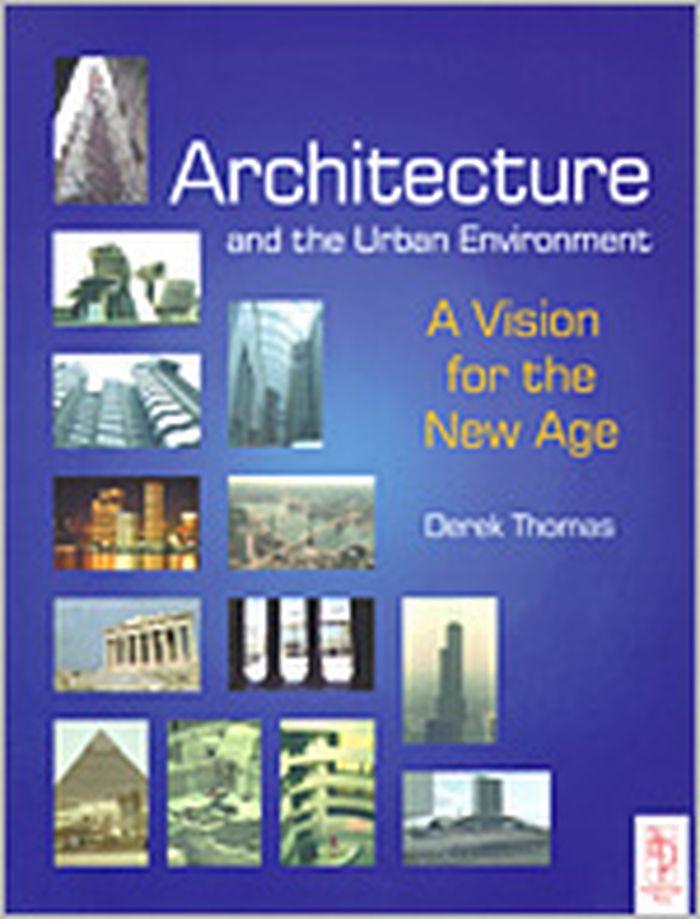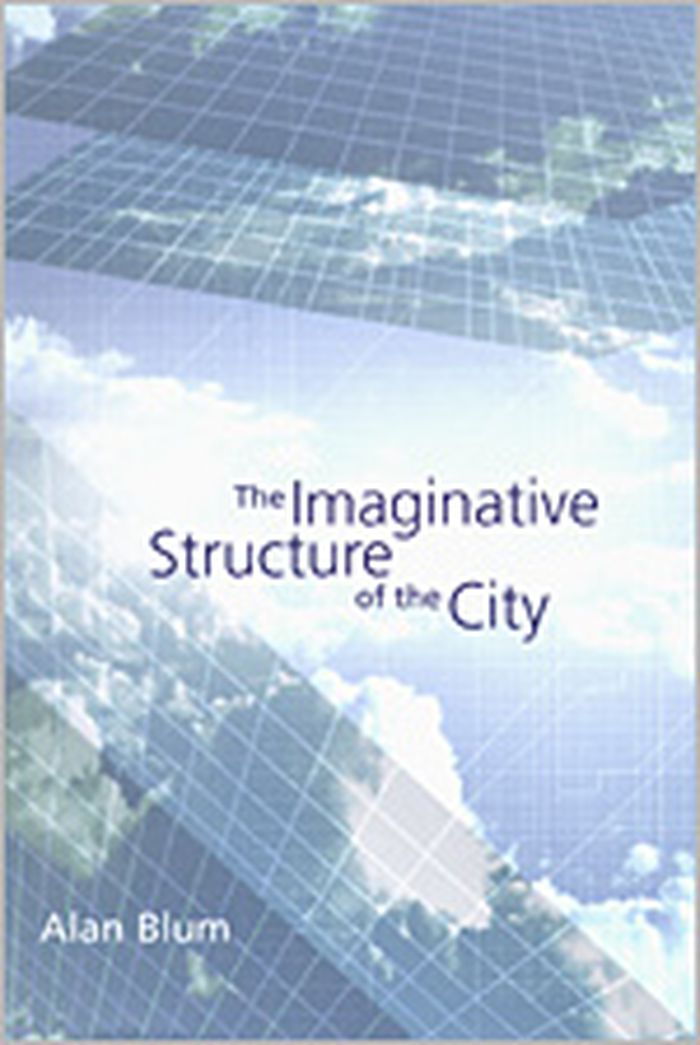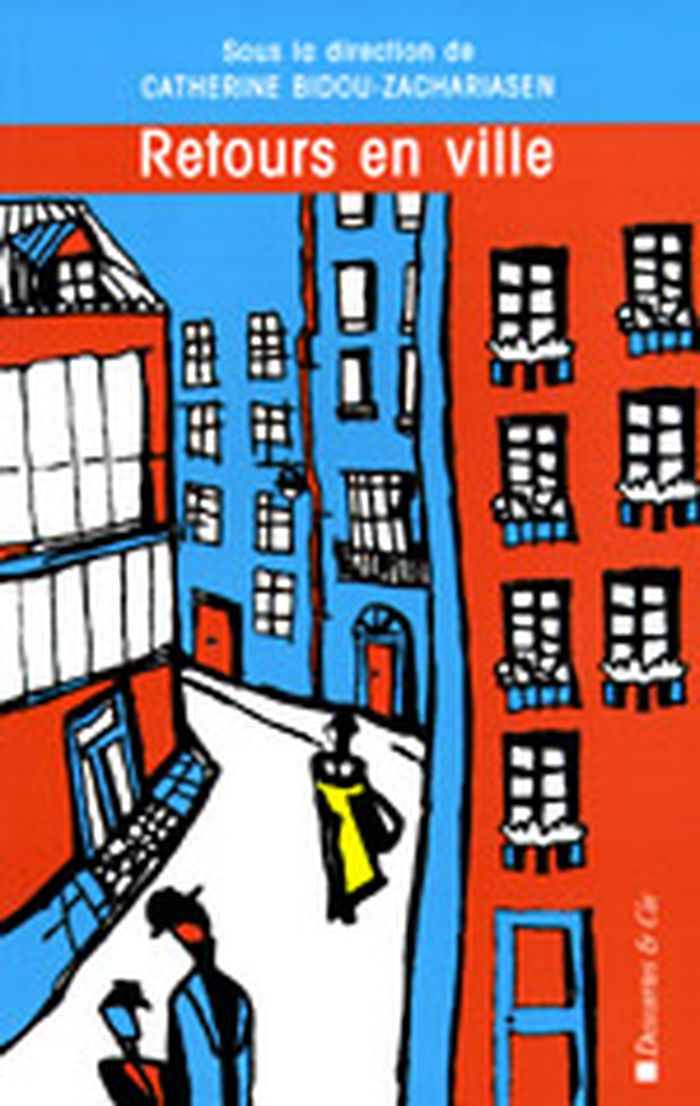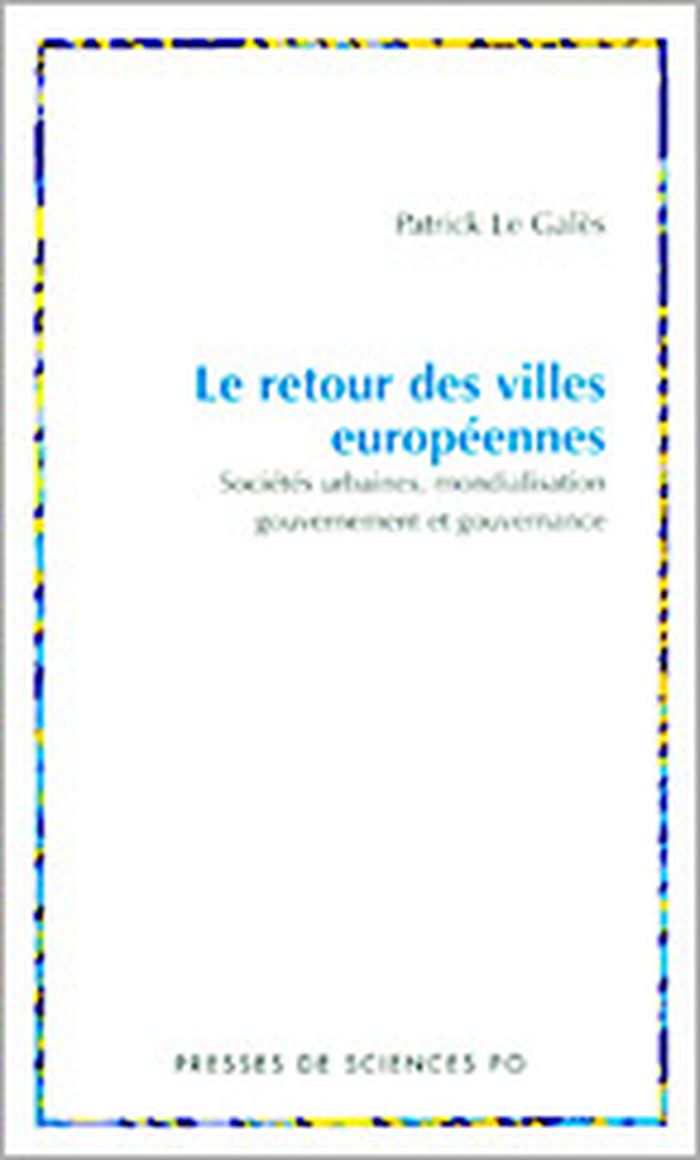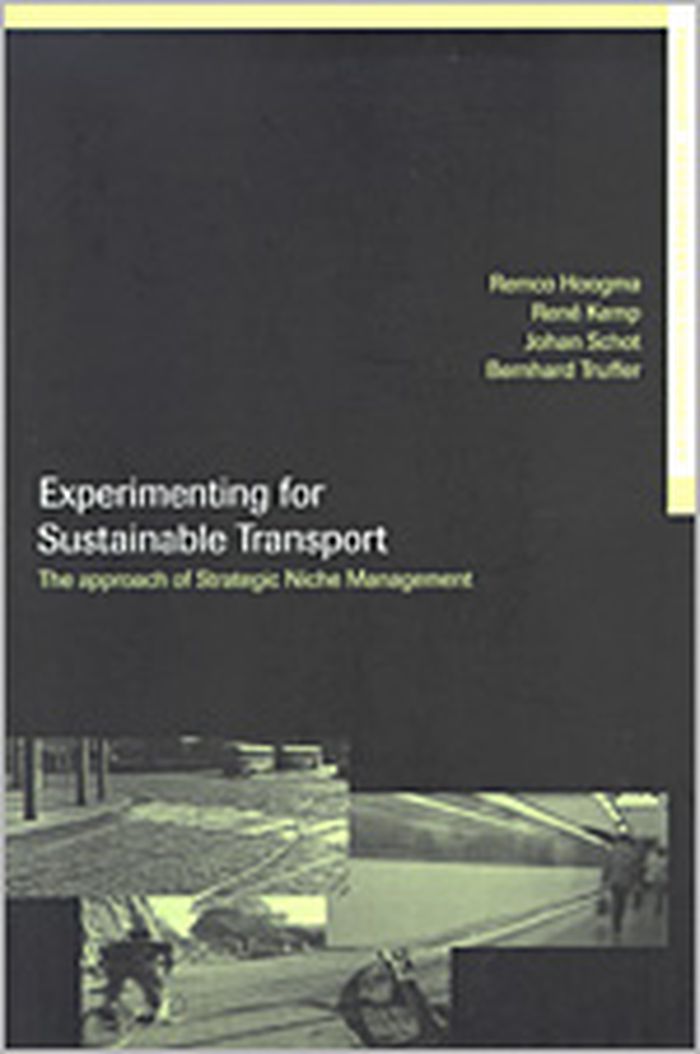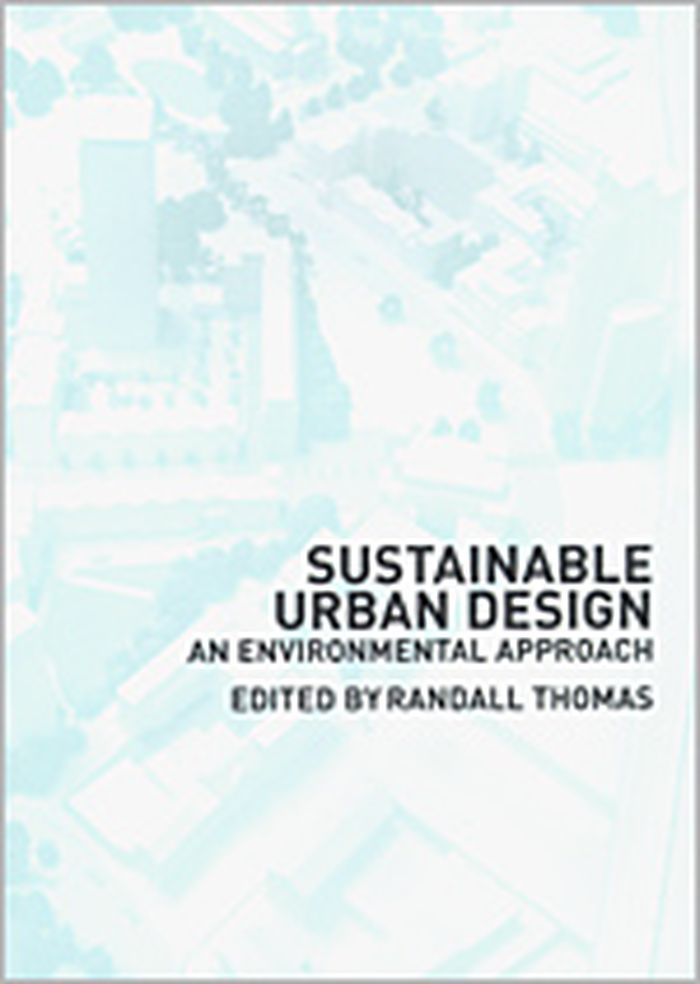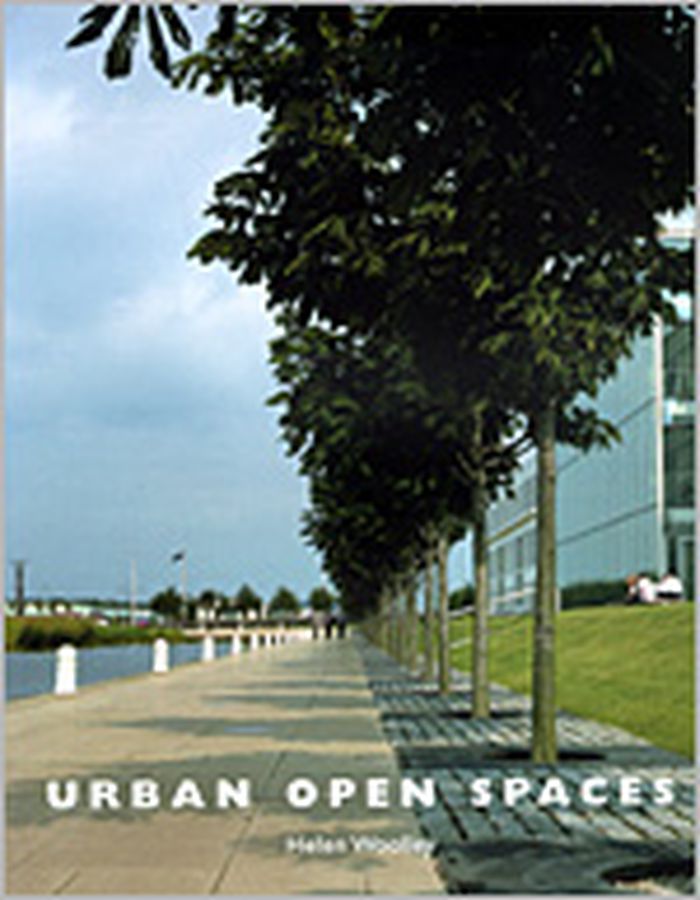$29.95
(disponible sur commande)
Résumé:
Van Alen Institute mounted the exhibition "Renewing, Rebuilding, Remembering" to demonstrate how cities, after incomparable loss of people and places, find ways to plan, design, and reconstruct the life of the city. The book is both a catalogue and a special edition of our series of "Van Alen Reports," the publication both documents the exhibit and expands on it with(...)
Information exchange : how cities renew, rebuild, and remember
Actions:
Prix:
$29.95
(disponible sur commande)
Résumé:
Van Alen Institute mounted the exhibition "Renewing, Rebuilding, Remembering" to demonstrate how cities, after incomparable loss of people and places, find ways to plan, design, and reconstruct the life of the city. The book is both a catalogue and a special edition of our series of "Van Alen Reports," the publication both documents the exhibit and expands on it with personal essays, articles and interviews. The point of the exhibition was not to compare catastrophes, but to compare, contrast, and try to explicate and understand initiatives, projects, plans, and actions that took place after the bomb, the earthquake, the war. After that, what worked, what would they do differently, what mattered right away, what mattered for the long-term? In October, the Institute put out a call for ideas for the exhibit. Students, designers, planners, artists, professors, photographers, public officials and a wide range of respondents from around the world were generous in suggesting places, projects, issues, and designs that were telling for the future of New York. From this response and ongoing research, the Institute chose to focus on specific processes and projects in seven cities. In Beirut, a public art installation that progressed through the city was a first step in reclaiming its war-torn districts, and the Lebanese capital has continued not only with master plans and major new developments, but also with works such as the Garden of Forgiveness, grappling with a hard history to contemplate. In Berlin, a center for information about the city and its reconstruction rose above the ruins of the Berlin Wall, half a century after the city had been devastated and divided. In San Francisco, an earthquake left the elevated highway downtown in such precarious decision that the city decided to tear it down-and implement a long-held dream of reopening the city to the waterfront. In Kobe, where an earthquake resulted not only in billions of dollars of damage to infrastructure, but also in a terrible loss of life, architects responded with an outpouring of energy to survey the damage and construct innovative emergency housing, proving the old adage that necessity is the mother of invention. In addition, they strove to understand the disaster, building a museum about, and at, the geological fault that brought down so much of their city. Manchester had a terrorist attack in the mid-1990s, and rebuilt its center city better than before, as well as setting up an institute for the study of cities around the world, to better understand that the life of the city and its public realm can not be taken for granted. So, too, did Oklahoma City, where a public process led to an international design competition for a memorial, and the city has rebuilt itself around it. Sarajevo, after years of civil war, pulled together its citizens through restoring the landmarks of their public life.
Théorie de l’urbanisme
$63.95
(disponible sur commande)
Résumé:
This text forms a critical appraisal of the place and direction of architecture and urban design in a new world order at the start of the 21st century. It defines architectural and environmental goals for the New Age by analysing recent contemporary work for its responsiveness to important social and environmental issues and comparing it to successful precedents in(...)
Architecture and the urban environment : a vision for the new age
Actions:
Prix:
$63.95
(disponible sur commande)
Résumé:
This text forms a critical appraisal of the place and direction of architecture and urban design in a new world order at the start of the 21st century. It defines architectural and environmental goals for the New Age by analysing recent contemporary work for its responsiveness to important social and environmental issues and comparing it to successful precedents in architecture. It argues that this new sustainable approach to architecture should be recognised as a new development of mainstream architectural history. Environmental economics is presented as a potential bridge over the divide between the expectations of the business sector and the concerns of environmental lobbies. Through examples and case studies, an accessible analysis of carefully researched data, drawn from primary sources over four continents, allows the author to outline the current urgency for architects and urban designers to respond with real commitment to current and future changing contexts. International case studies from Europe, North America, the developing world including South Africa, South America and Central Asia are included.
Théorie de l’urbanisme
$44.95
(disponible sur commande)
Résumé:
In The Imaginative Structure of the City Alan Blum explores the symbolic and imaginative nature of the city as a vital part of everyday life in modern civilization. He introduces the city as a community that must struggle to maintain its collective identity against typical problems, problems that threaten to fragment the city's sense of itself. Blum's distinctive form(...)
The imaginative structure of the city
Actions:
Prix:
$44.95
(disponible sur commande)
Résumé:
In The Imaginative Structure of the City Alan Blum explores the symbolic and imaginative nature of the city as a vital part of everyday life in modern civilization. He introduces the city as a community that must struggle to maintain its collective identity against typical problems, problems that threaten to fragment the city's sense of itself. Blum's distinctive form of theoretical inquiry pushes the reader to move beyond conventional ways of thinking about familiar urban issues in answering such fundamental questions as, How does a city exist? How do its inhabitants define their relationship to it? Who is entitled to speak for it? What is its symbolic nature? In what way does the city function as a focus of attempts to resolve social problems such as alienation, participation, and community? In what ways do night and nighttime affect our relationship to it? How is it possible to speak of a city as both exciting and alienating?
Théorie de l’urbanisme
Retours en ville
$35.50
(disponible sur commande)
Résumé:
La ville est au cœur de l'économie mondiale. Loin d'avoir fait disparaître les effets de localisation, le développement des réseaux de communication a multiplié les espaces où circulent biens, personnes, services et capitaux. Cette évolution a profité d'abord aux métropoles. L'âge d'or des villes est de retour. Retours en ville et même retours au centre pour les classes(...)
Retours en ville
Actions:
Prix:
$35.50
(disponible sur commande)
Résumé:
La ville est au cœur de l'économie mondiale. Loin d'avoir fait disparaître les effets de localisation, le développement des réseaux de communication a multiplié les espaces où circulent biens, personnes, services et capitaux. Cette évolution a profité d'abord aux métropoles. L'âge d'or des villes est de retour. Retours en ville et même retours au centre pour les classes moyennes supérieures. Les anglo-saxons parlent de « gentrification » pour désigner cette évolution. Plus récemment, les projets urbains qui l'ont accompagnée ont privilégié le vocabulaire de la « régénération » ou de la « revitalisation », alors qu'ils sont souvent à l'origine de nouvelles polarisations socio-spatiales. Les études de cas proposées ici se situent dans plusieurs villes européennes et américaines du nord et du sud (New York, Bruxelles, Lyon, Naples, Barcelone, Mexico, São Paulo). Dans des contextes très différents, on retrouve des référents communs, dans les modèles d'habitat et les styles de vie, mais aussi dans les politiques urbaines mises en oeuvre, donnant à penser que les couches sociales qui les portent ont tendance, elles aussi, à se mondialiser.
Théorie de l’urbanisme
$75.00
(disponible sur commande)
Résumé:
Ce livre montre comment les territoires robustes de longue durée de l'Europe, à savoir les villes, sont des acteurs collectifs en devenir. Les villes sont en effet soumises à des pressions contradictoires : mobilité, tensions sociales, pauvreté, immigration, mondialisation des entreprises, enchevêtrement des pouvoirs et des politiques publiques qui conduisent à la(...)
Le retour des villes européennes
Actions:
Prix:
$75.00
(disponible sur commande)
Résumé:
Ce livre montre comment les territoires robustes de longue durée de l'Europe, à savoir les villes, sont des acteurs collectifs en devenir. Les villes sont en effet soumises à des pressions contradictoires : mobilité, tensions sociales, pauvreté, immigration, mondialisation des entreprises, enchevêtrement des pouvoirs et des politiques publiques qui conduisent à la fragmentation. Pourtant, au sein des villes européennes, des acteurs, des groupes, des organisations se mobilisent pour réinventer des processus d'intégration, renforcer les sociétés urbaines et organiser des modes de gouvernance au sein desquelles les élus et les gouvernements urbains jouent un rôle important.
Théorie de l’urbanisme
$55.95
(disponible sur commande)
Résumé:
Various new transport technologies promise to bring sustainability benefits. But as this book shows, important lessons are often overlooked because the experiments are not designed to challenge the basic assumptions about established patterns of transport choices. Learning how to organise the process of innovation implementation is essential if the maximum impact is to(...)
Théorie de l’urbanisme
octobre 2003, London / New York
Experimenting for sustainable transport : the approach of strategic niche management
Actions:
Prix:
$55.95
(disponible sur commande)
Résumé:
Various new transport technologies promise to bring sustainability benefits. But as this book shows, important lessons are often overlooked because the experiments are not designed to challenge the basic assumptions about established patterns of transport choices. Learning how to organise the process of innovation implementation is essential if the maximum impact is to be achieved - it is here that strategic niche management offers new perspectives.
Théorie de l’urbanisme
$73.50
(disponible sur commande)
Résumé:
This text provides a coherent overview of the important issues in sustainable urban design. The writers focus on the physical aspects of the urban environment - the buildings and their engineering systems, landscaping, transport systems, energy, water and waste systems and successfully cover all the key elements in one volume together with fully illustrated examples of(...)
Sustainable urban design : an environmental approach
Actions:
Prix:
$73.50
(disponible sur commande)
Résumé:
This text provides a coherent overview of the important issues in sustainable urban design. The writers focus on the physical aspects of the urban environment - the buildings and their engineering systems, landscaping, transport systems, energy, water and waste systems and successfully cover all the key elements in one volume together with fully illustrated examples of this practice.
Théorie de l’urbanisme
$65.95
(disponible sur commande)
Résumé:
Urban regeneration is currently at the forefront of the political and professional agenda worldwide. There is a growing desire to identify and deliver solutions that not only define models of sustainable and identifiable urban form but also underpin a real sense of a vibrant community. The design philosophy of Urban Villages has gained significant weight in recent years(...)
Urban villages and the making of communities
Actions:
Prix:
$65.95
(disponible sur commande)
Résumé:
Urban regeneration is currently at the forefront of the political and professional agenda worldwide. There is a growing desire to identify and deliver solutions that not only define models of sustainable and identifiable urban form but also underpin a real sense of a vibrant community. The design philosophy of Urban Villages has gained significant weight in recent years with government policy-makers, planners, designers and developers and is becoming a popular model in achieving a successful and flexible urban renaissance. This book documents both the roots of the Urban Village movement and its application in contemporary society. A series of essays by eminent practitioners offers particular urban perspectives. A detailed compendium of successful case studies provides clear technical information. "Urban Villages" offers a professional resource, a teaching tool and learning aid.
Théorie de l’urbanisme
Urban open spaces
$83.00
(disponible en magasin)
Résumé:
"Urban open spaces" brings together extensive research and practical experience to prove the opportunities and benefits of open spaces to society and individuals. Including : Victoria Square in Birmingham, Redgates School Sensory Garden in Croydon and Stormont Estate Playpark in Belfast.
mai 2003, London / New York
Urban open spaces
Actions:
Prix:
$83.00
(disponible en magasin)
Résumé:
"Urban open spaces" brings together extensive research and practical experience to prove the opportunities and benefits of open spaces to society and individuals. Including : Victoria Square in Birmingham, Redgates School Sensory Garden in Croydon and Stormont Estate Playpark in Belfast.
$47.95
(disponible sur commande)
Résumé:
This selection of groundbreaking essays offers an overdue reassessment of the aims and intentions of European architecture and urbanism over the period 1880-1960. It pursues those stimuli to human creativity - myth, history, spirituality - which have not been admitted to the standard histories of twentieth-century architecture and urbanism. Nine chapters by distinguished(...)
Modernism and the spirit of the city
Actions:
Prix:
$47.95
(disponible sur commande)
Résumé:
This selection of groundbreaking essays offers an overdue reassessment of the aims and intentions of European architecture and urbanism over the period 1880-1960. It pursues those stimuli to human creativity - myth, history, spirituality - which have not been admitted to the standard histories of twentieth-century architecture and urbanism. Nine chapters by distinguished scholars focus on the city as the dominant generator of social, political and cultural institutions and structures in late nineteenth and twentieth-century Europe.
Théorie de l’urbanisme

